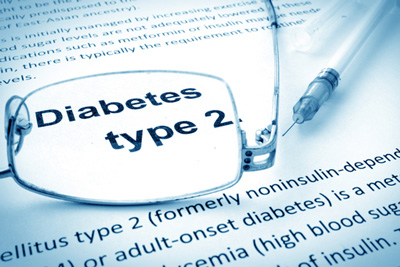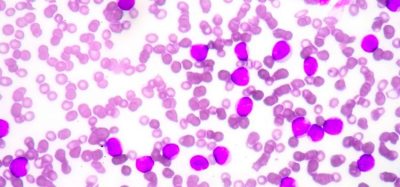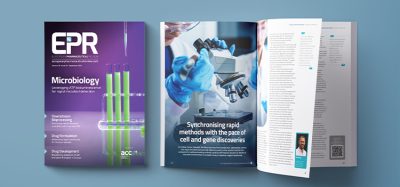Trulicity effective as add-on treatment to sulfonylurea in study
New data from a completed Phase 3 trial show Lilly’s Trulicity (dulaglutide) 1.5 mg plus a sulfonylurea was significantly more effective than a sulfonylurea alone in lowering haemoglobin A1c (A1C) from baseline after 24 weeks of treatment.
Trulicity is a once-weekly glucagon-like peptide-1 (GLP-1) receptor agonist for the treatment of type 2 diabetes.
“For patients who cannot tolerate or have contraindications to metformin, a sulfonylurea is often prescribed as first-line therapy for type 2 diabetes,” said Kathleen Dungan, M.D., endocrinologist, associate professor, The Ohio State University Wexner Medical Centre. “This study affirms that Trulicity is efficacious and well-tolerated as an add-on to sulfonylurea therapy, which can help prescribers make treatment decisions for their individual patients.”
In addition to superior A1C reduction from baseline, significantly more patients treated with Trulicity 1.5 mg plus sulfonylurea achieved an A1C of less than 7 percent (55.3 percent) compared to sulfonylurea with placebo (18.9 percent). Also, Trulicity plus a sulfonylurea significantly reduced fasting serum glucose levels compared to sulfonylurea with placebo (-30.60 mg/dL vs. +2.93 mg/dL).
Trulicity plus a sulfonylurea showed weight reduction from baseline
As a secondary endpoint of the study, Trulicity plus a sulfonylurea showed weight reduction from baseline (-0.91 kg), though the difference compared to sulfonylurea with placebo did not reach statistical significance.
The most commonly reported adverse events were gastrointestinal-related and consistent with prior Trulicity studies, including nausea and diarrhea. There were no cases of pancreatitis or pancreatic cancer in either treatment group. More patients treated with Trulicity plus a sulfonylurea experienced episodes of hypoglycaemia compared to those treated with sulfonylurea alone, though the overall incidence of documented symptomatic hypoglycaemia was low in the Trulicity group (11.3%) and there were no reported cases of severe hypoglycemia in either group.
“The AWARD-8 study demonstrated Trulicity’s safety and efficacy as add-on therapy to sulfonylurea,” said Jessie Fahrbach, M.D., medical director, Lilly Diabetes. “These data add to the comprehensive body of evidence for Trulicity, reinforcing its value as a type 2 diabetes treatment option.”






![Close up view of the Merck logo on the top corner of a glass building [Credit: Michael Vi / Shutterstock.com].](https://www.europeanpharmaceuticalreview.com/wp-content/uploads/Merck-aquisition-400x187.jpg)



